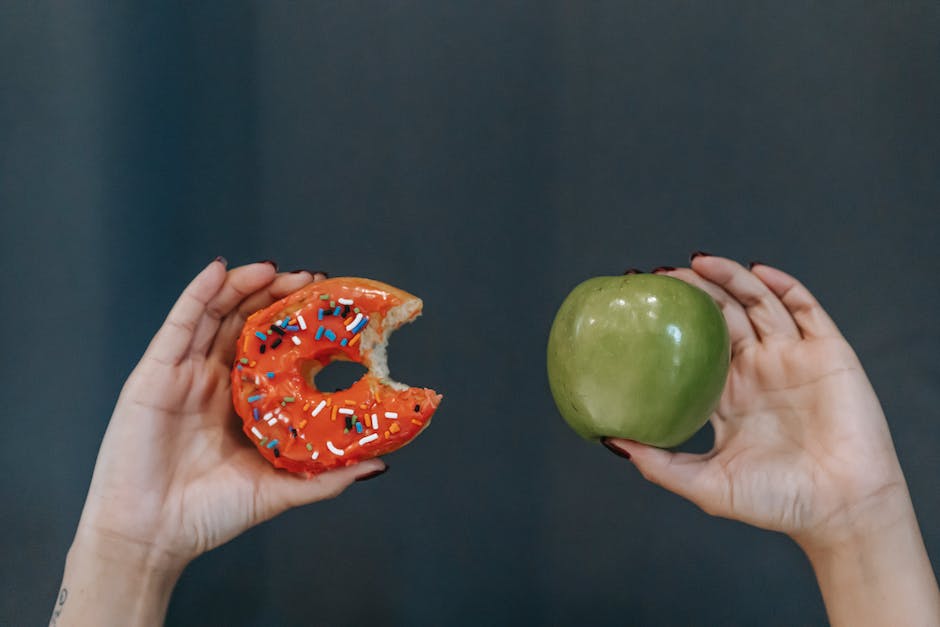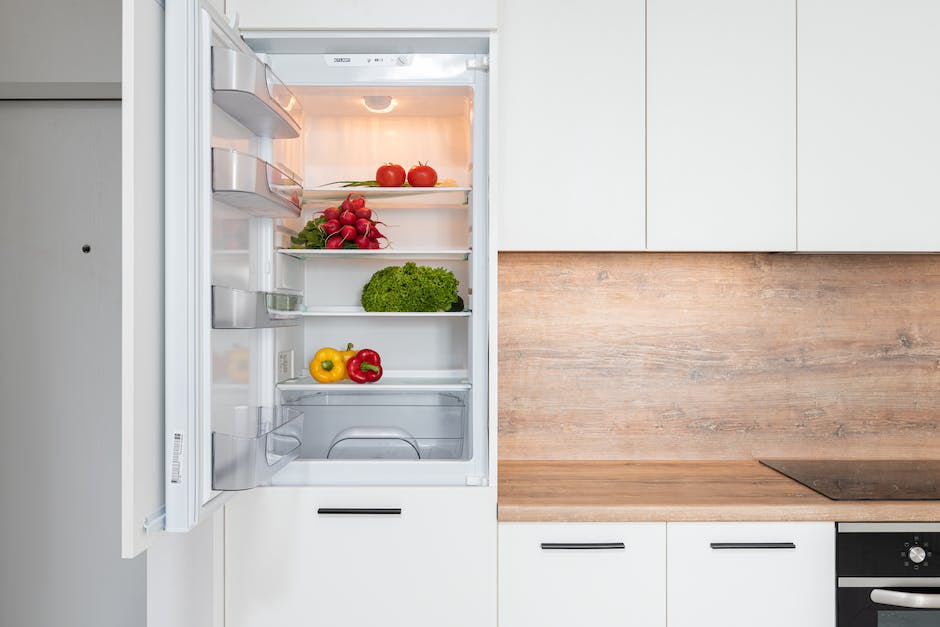Cannabis edibles have become an exciting way to explore the medicinal and recreational benefits of the plant. With the wave of legalization sweeping across the US, more businesses are exploring the cannabis culinary arts to offer consumers an experience that goes beyond just smoking the plant. The infusion of cannabis into meals has created unique opportunities for chefs to create new culinary experiences while giving consumers a chance to explore the health benefits of cannabis. The use of cannabis in cooking something that has been around for centuries, and with modern technology, it is now easier than ever to create delicious and healthy cannabis-infused meals. This blog post will discuss the culinary aspects of cannabis cooking and how it can be used to promote overall wellness. Join us as we explore the different ways cannabis can be infused into meals and how it can help elevate our eating habits.
Brief history of cannabis in culinary arts
Cannabis has been used in culinary arts for centuries, with early Chinese writings referencing the use of cannabis in cooking as far back as 5000 years ago. Ancient Indian texts also refer to cannabis-infused foods such as bhang, a drink made with cannabis leaves, milk and spices. In Africa, the Khoikhoi people traditionally used cannabis in their daily diet, with warriors being fed a special preparation made from the plant before going into battle. Even in more recent history, cannabis edibles became popular in the counterculture of the 1960s and 70s, with pot brownies and other infused treats becoming a hallmark of the era. Today, with the increasing legalization of cannabis, chefs and home cooks are once again exploring the culinary uses of this versatile plant. From savory dishes to sweet treats, cannabis can add a new dimension to our meals, not only for its psychoactive effects but also for its potential health benefits.
How cannabis can be used in different forms for cooking purposes (oil, butter, tincture, etc.)
Cannabis can be used in various forms for cooking purposes, making it a versatile ingredient in the culinary world. One of the most popular methods is infusing cannabis into oil or butter, which can then be used in recipes in place of regular oil or butter. Tinctures and concentrates can also be used to infuse food and drinks with cannabis. It’s important to note that the potency of the cannabis-infused ingredient should be considered, as well as the dosage per serving of the final dish. Additionally, when cooking with cannabis, it’s essential to understand the chemistry and science behind it, such as decarboxylation, which activates the psychoactive effects of THC. With the right knowledge and techniques, incorporating cannabis into cooking can not only add a unique flavor profile but also provide wellness benefits for the consumer.
Benefits of adding cannabis to meals for wellness purposes
Adding cannabis to meals is becoming increasingly popular for wellness purposes due to its numerous health benefits. Cannabis is a powerful plant that contains compounds known as cannabinoids. These compounds interact with the body’s endocannabinoid system to promote balance and wellness. When added to meals, cannabis can help reduce anxiety, alleviate pain, and promote better sleep. In addition, cannabis is a rich source of antioxidants and anti-inflammatory compounds that can help protect the body against cellular damage and promote overall health. Whether you’re looking to improve your mental health, reduce your risk of chronic diseases, or simply promote overall wellness, adding cannabis to your meals can be a delicious and easy way to achieve your health goals.
Safety precautions when cooking with cannabis
When it comes to creating cannabis-infused meals, safety should always come first. It is essential to remember that cannabis is a psychoactive substance that affects an individual’s mental state.
To begin, it is crucial to wash your hands and clean all kitchen surfaces and utensils thoroughly. Properly storing cannabis products in a locked container out of reach of children and pets is also important.
When cooking with cannabis, ensure that it is evenly distributed throughout the dish. This will prevent an individual from accidentally consuming too much cannabis in one bite.
Furthermore, it is necessary to decarboxylate or heat your cannabis products before adding them to food. This process activates its psychoactive effects and can prevent stomach discomfort.
Finally, always label your cannabis-infused meals and treats. This precaution is especially crucial when serving to guests and will avoid any legal issues on accidental consumption.
By incorporating these safety precautions into your cannabis-infused cooking, you can ensure an enjoyable and safe experience for you and your guests.
Exploring different cuisine styles that suit cannabis-infused cooking
Cooking with cannabis is like exploring a new world of flavor and creativity. Depending on the cuisine style, there are various ways to incorporate cannabis into your cooking. For example, in Indian cuisine, spices and herbs are widely used in their dishes. This makes it easier to integrate cannabis into the recipe without overwhelming the flavors.
On the other hand, a cuisine like Italian relies heavily on the use of olive oil as a base for most recipes. A skilled chef could infuse olive oil with cannabis, which could then be used as an addition to their pastas and pizzas. The neutral taste of the oil complements the other flavors in the dish without overwhelming it.
In Japanese cuisine, miso, which is commonly used as a base for soups and marinades, is a popular ingredient. A creative way of introducing cannabis into Japanese dishes is by infusing the miso paste with cannabis. This would add a unique flavor to the dish while also providing the medicinal benefits of cannabis.
Regardless of the cuisine, it is essential to keep in mind the right dosage while preparing cannabis-infused meals. It is important to avoid overconsumption and keep to recommended dosages to ensure a safe and enjoyable experience.
With the right mix of spices, flavorings, and cooking techniques, the culinary art of cannabis can elevate any dish to provide a wellness-infused meal that would not only tantalize the taste buds but also improve one‘s well-being.
Step-by-step guide on how to infuse cannabis into different dishes
Here’s a step-by-step guide on how to infuse cannabis into various dishes:
1. Decarboxylate the cannabis: Before you start, you need to activate the THC in your cannabis by decarboxylating it. Simply preheat your oven to 240°F, then spread the buds in a single layer on a baking sheet and bake them for 40 minutes. This process is essential for activating the cannabinoids and getting the desired effects.
2. Choose the right strain: Different strains of cannabis have distinct flavors and effects, so choose the appropriate one that complements the dish. For instance, if you’re making savory dishes like soup or pasta, use strains like Sour Diesel or OG Kush, which have earthy notes. On the other hand, if you’re making desserts, use strains like Blue Dream or Girl Scout Cookies, which have sweet and fruity flavors.
3. Infusion method: There are different ways of infusing cannabis into dishes, including using cannabis butter or oil, tinctures, or cannabis-infused cream. Each method has its own pros and cons, so pick the one that fits your recipe and taste preferences.
4. Dosage: It’s essential to measure the amount of cannabis you’re adding to your dish to prevent over-consumption. Start with small amounts and increase the dosage gradually, depending on your desired effects.
5. Experiment with flavors: Once you’ve mastered the basics of cannabis infusion, you can experiment with different flavors to create unique dishes. Try adding herbs and spices like thyme, rosemary, or sage to your cannabis butter or oil to elevate the flavors.
Infusing cannabis into your meals can be a fun and creative way to incorporate wellness into your daily routine.
Recommended dosage and how to calculate it for different dishes
Calculating the right dosage when infusing cannabis into your food can be a bit challenging. It is essential to have a clear understanding of how much cannabis to use to achieve the desired effect. Generally, the recommended dosage for edibles is between 5-10 milligrams of THC per serving, with an onset time of 45-90 minutes after ingestion.
To calculate the dosage per serving, you need to know the potency of your cannabis-infused ingredient or oil, the amount of cannabis you’ve used, and the number of servings in the recipe. Assuming you have used one gram of cannabis containing 15% THC, you will have 150mg of THC in total. If you are making a recipe that makes ten servings, then each serving will have 15mg of THC.
It’s essential to note that individual tolerance and metabolism can affect how your body reacts to cannabis. It’s wise to start with a low dosage and gradually increase as you monitor the effects. It’s easy to overconsume cannabis when ingesting it through edibles, leading to adverse effects such as anxiety or paranoia. Therefore, it’s crucial to adhere to the recommended dosage guidelines and avoid consuming too much too soon.
In summary, calculating the right dosage for cannabis-infused food requires a bit of math and attention to detail. Start with small doses and gradually increase until you find a comfortable dosage. Adhering to the recommended dosage guidelines will help you enjoy the benefits without any adverse effects.
Best practices for storing cannabis-infused meals and leftovers
Storing cannabis-infused meals and leftovers properly is crucial to ensure that the potency and quality of the food are not compromised. Here are some best practices for storing cannabis-infused meals and leftovers:
1. Label Your Food: When it comes to cannabis-infused food, labeling is essential. Clearly label your containers with the type of cannabis used and the dosage per serving. This will help you keep track of your cannabis intake and avoid accidentally consuming too much.
2. Keep It Cool: For maximum freshness, store your cannabis-infused meals and leftovers in the refrigerator. This will help slow down the degradation process and extend the shelf life of your food.
3. Freeze It: If you don’t plan to consume your cannabis-infused meals and leftovers within a few days, consider freezing them. Freezing can preserve the quality and potency of your food for several weeks or even months.
4. Use Airtight Containers: Airtight containers help prevent odors from seeping in and out of your food, which can affect the flavor and aroma. Mason jars, food-safe plastic containers, and vacuum-sealed bags are all suitable options for storing cannabis-infused meals.
5. Keep Out of Reach of Children and Pets: Cannabis-infused food can be tempting for children and pets, and accidental consumption can have serious consequences. Ensure that all cannabis-infused meals and leftovers are stored safely out of reach of children and pets.
By following these best practices for storing cannabis-infused meals and leftovers, you can enjoy your infused cuisine without compromising on quality or potency. Remember, always start with a low dose and wait for the effects before consuming more.




